 I’m a bit “triste” today, because something has been ripped out of my heart this month. In my work world we are entering the O-N-D ( October-November-December) period. Roughly 40% of wine sales will be made in that time period. So while we are all aflutter on the farm side, with harvest and the promise of a new and wonderful vintage, we are entering the zone “whereby all things are made possible.” A lot of expectations in a downtrending economic pattern. Unless you are the 1% of the population that isn’t being affected by it, who doesn’t even know it is happening. But I digress.
I’m a bit “triste” today, because something has been ripped out of my heart this month. In my work world we are entering the O-N-D ( October-November-December) period. Roughly 40% of wine sales will be made in that time period. So while we are all aflutter on the farm side, with harvest and the promise of a new and wonderful vintage, we are entering the zone “whereby all things are made possible.” A lot of expectations in a downtrending economic pattern. Unless you are the 1% of the population that isn’t being affected by it, who doesn’t even know it is happening. But I digress.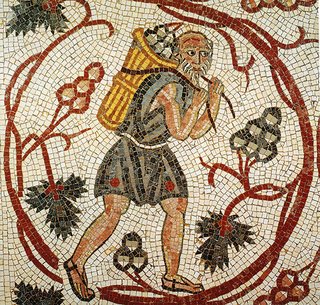 I am worried about Chianti. And not just a little bit. I have been tasting quite a few lately, and I think we’ve got ourselves a bit of an identity crisis. Just what we need, another crisis. Looking at the latest Wine Spectator and their issue on the Maremma, which doesn’t offer up a map or an explanation of the perception of what the Maremma is. Lots of scores and glossy, low-light pictures of dining scenes, scenes they could have as easily taken at Portofino Bay in Universal Orlando.
I am worried about Chianti. And not just a little bit. I have been tasting quite a few lately, and I think we’ve got ourselves a bit of an identity crisis. Just what we need, another crisis. Looking at the latest Wine Spectator and their issue on the Maremma, which doesn’t offer up a map or an explanation of the perception of what the Maremma is. Lots of scores and glossy, low-light pictures of dining scenes, scenes they could have as easily taken at Portofino Bay in Universal Orlando.I really have disdain for that accepted custom of scoring. If it’s so successful, then why is the owner of Poggio Argenteria having to double schlep through the U.S. while his grapes bubble back at home in the Maremma? Wine at one-third the cost of Ornellaia and with a higher score, yet he is beating the street. Hmm….
OK. So what’s really causing my heartbeat to go irregular? Go through the wholesale warehouses, and you can find a plethora of highly rated wines, sitting on racks waiting for their day. Some of those wines even come up on reports that are titled “Potential Discontinue” or “Heavy Inventory.” So scores aren’t the savior of this situation.
 The Tuscan dilemma, as I see it, is exactly what makes the Tuscan landscape so attractive. It is diverse, it is unique, and it is original. It isn’t uniform, it isn’t predictable, and it isn’t something that a three-syllable sound bite can nail. Let’s see, “Try Tuscany tonight.” Nah. How about “A steak, a grill and a bottle of Vino Nobile di Montepulciano”? Don’t think so. Or maybe “Maremma, the final frontier”? Perhaps “Chianti, it’s not just for candles anymore.” Just doesn’t make it for me. How about you?
The Tuscan dilemma, as I see it, is exactly what makes the Tuscan landscape so attractive. It is diverse, it is unique, and it is original. It isn’t uniform, it isn’t predictable, and it isn’t something that a three-syllable sound bite can nail. Let’s see, “Try Tuscany tonight.” Nah. How about “A steak, a grill and a bottle of Vino Nobile di Montepulciano”? Don’t think so. Or maybe “Maremma, the final frontier”? Perhaps “Chianti, it’s not just for candles anymore.” Just doesn’t make it for me. How about you?It does take something more real than a sound bite or a slogan. And it takes people who want more than a simple explanation or a quick answer. Funny, because most people who write me or call me asking for tips on who to see and where to go, will go to the most out-of-the-way places to experience that particular Tuscan (and Italian) charm that the countryside and its people have to offer.
So why is it people still think of Chianti as that caricature in a fiasco bottle? Is it the retro appeal? Is it that simple explanation? Is it the success of a campaign long ago forgotten?
Maybe it is the simplicity reflected in the Tuscan life that draws folks to something like the fiasco archetype. But the fiasco is the furthest thing from that. Often made in an industrial plant to a recipe, even the wicker for the fiasco now comes from places like the Philippines, where labor is much cheaper.
 Why can’t folks just gravitate to some middle ground? It’s not like there is enough wine made at places like Rampolla or Monsanto or Querciabella or Bossi. What we need is a model, like Mondavi was to Napa in the 1970’s. Before it got too big. A leadership role. Some property or properties that can see the crack in the hull and work to repair it before too much water gets in.
Why can’t folks just gravitate to some middle ground? It’s not like there is enough wine made at places like Rampolla or Monsanto or Querciabella or Bossi. What we need is a model, like Mondavi was to Napa in the 1970’s. Before it got too big. A leadership role. Some property or properties that can see the crack in the hull and work to repair it before too much water gets in.Next month, and next year, I’m going to make it a mission to work on this in my world. I’m serious about this. My last trip to Bordeaux punctuated the need for Tuscan wines, and specifically Chianti, to elevate the perception of who and what it is to the world. We can’t rely solely on the glossy photos and high scores. That isn’t working anymore.




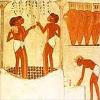
 It's curious how I am coming into contact with things like that and folks who are harvesting by the cycles of the moon and other folks who are looking hard at biodynamic, but when I go into the offices of the wine company, I see a plethora of “created wines”, wines made up with crazy labels and some unusual packaging. There is a gap between the makers and the marketers. Maybe we can sort this out in the next generation. One thing for sure, as long as folks are talking about wine, it will continue to evolve, On the Wine Trail in Italy....
It's curious how I am coming into contact with things like that and folks who are harvesting by the cycles of the moon and other folks who are looking hard at biodynamic, but when I go into the offices of the wine company, I see a plethora of “created wines”, wines made up with crazy labels and some unusual packaging. There is a gap between the makers and the marketers. Maybe we can sort this out in the next generation. One thing for sure, as long as folks are talking about wine, it will continue to evolve, On the Wine Trail in Italy....





 Europe is in winemaking mode! Some places better than others, but the cycle continues. Rain in Tuscany and Piedmont.
Europe is in winemaking mode! Some places better than others, but the cycle continues. Rain in Tuscany and Piedmont.

 Wednesdays really seem to be a bit of a mixed bag lately. I don’t know, maybe it’s that lingering heat. Today it got up to 90F. Really tired of this.
Wednesdays really seem to be a bit of a mixed bag lately. I don’t know, maybe it’s that lingering heat. Today it got up to 90F. Really tired of this.

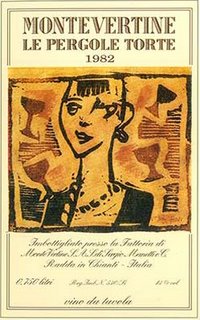
 My regrets for wines not tasted yet, I have a few. They are:
My regrets for wines not tasted yet, I have a few. They are: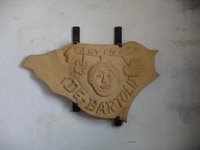
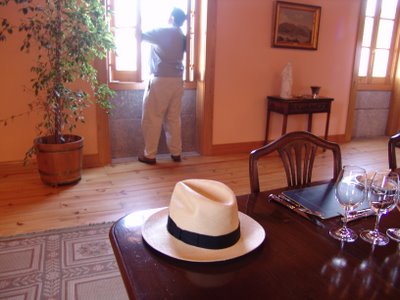






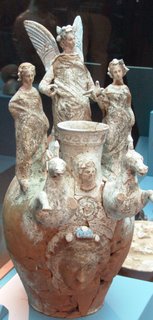


 At dinner with a meal at
At dinner with a meal at 
 This week I have been immersed in Piedmont. Barolo, Castiglione Falletto, Serralunga, Cuneo, Barbaresco and on. Sorting out some information for the young sales force. This link between humans and the land that makes one wine taste one way and another, over on a hill 2 miles away, taste another way. The Italian wine trail ends today in the Langhe, but starts in the Marche.
This week I have been immersed in Piedmont. Barolo, Castiglione Falletto, Serralunga, Cuneo, Barbaresco and on. Sorting out some information for the young sales force. This link between humans and the land that makes one wine taste one way and another, over on a hill 2 miles away, taste another way. The Italian wine trail ends today in the Langhe, but starts in the Marche. There are other occurrences. Italy is rampant with them.
There are other occurrences. Italy is rampant with them.





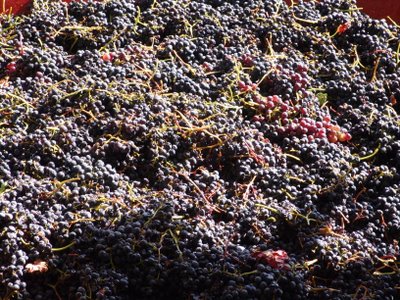

 First, a stack of blue sheets means the trucks are full, and it's been this way,
First, a stack of blue sheets means the trucks are full, and it's been this way, 


